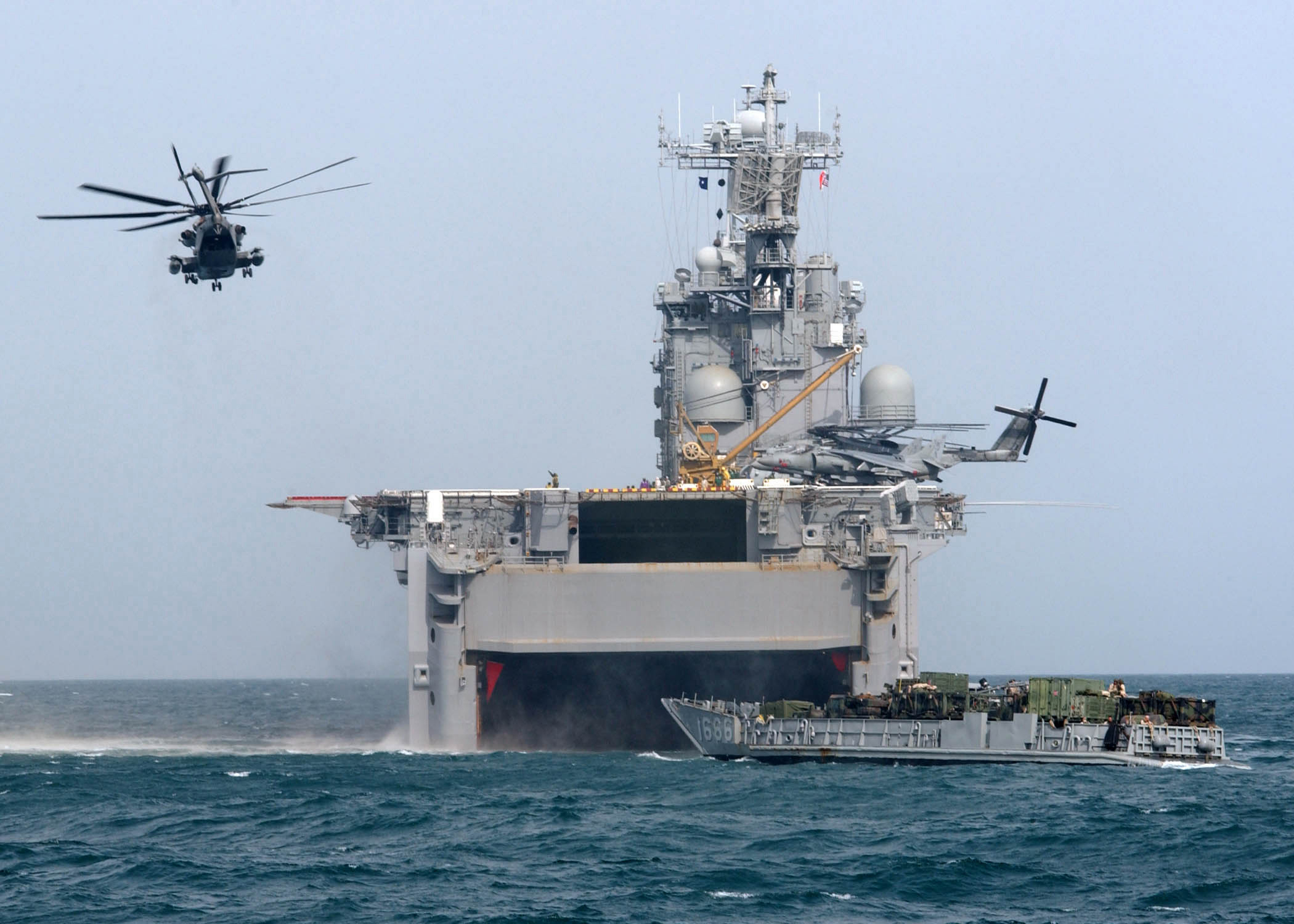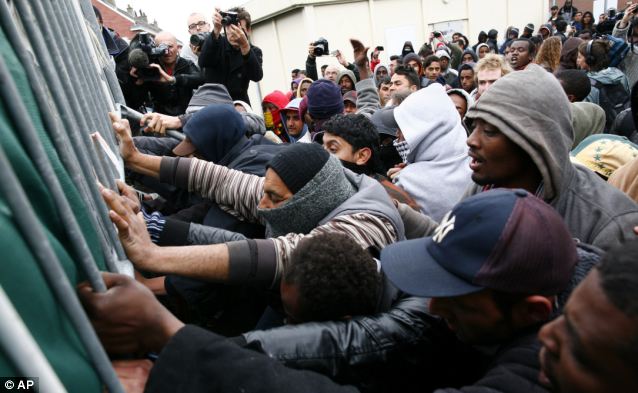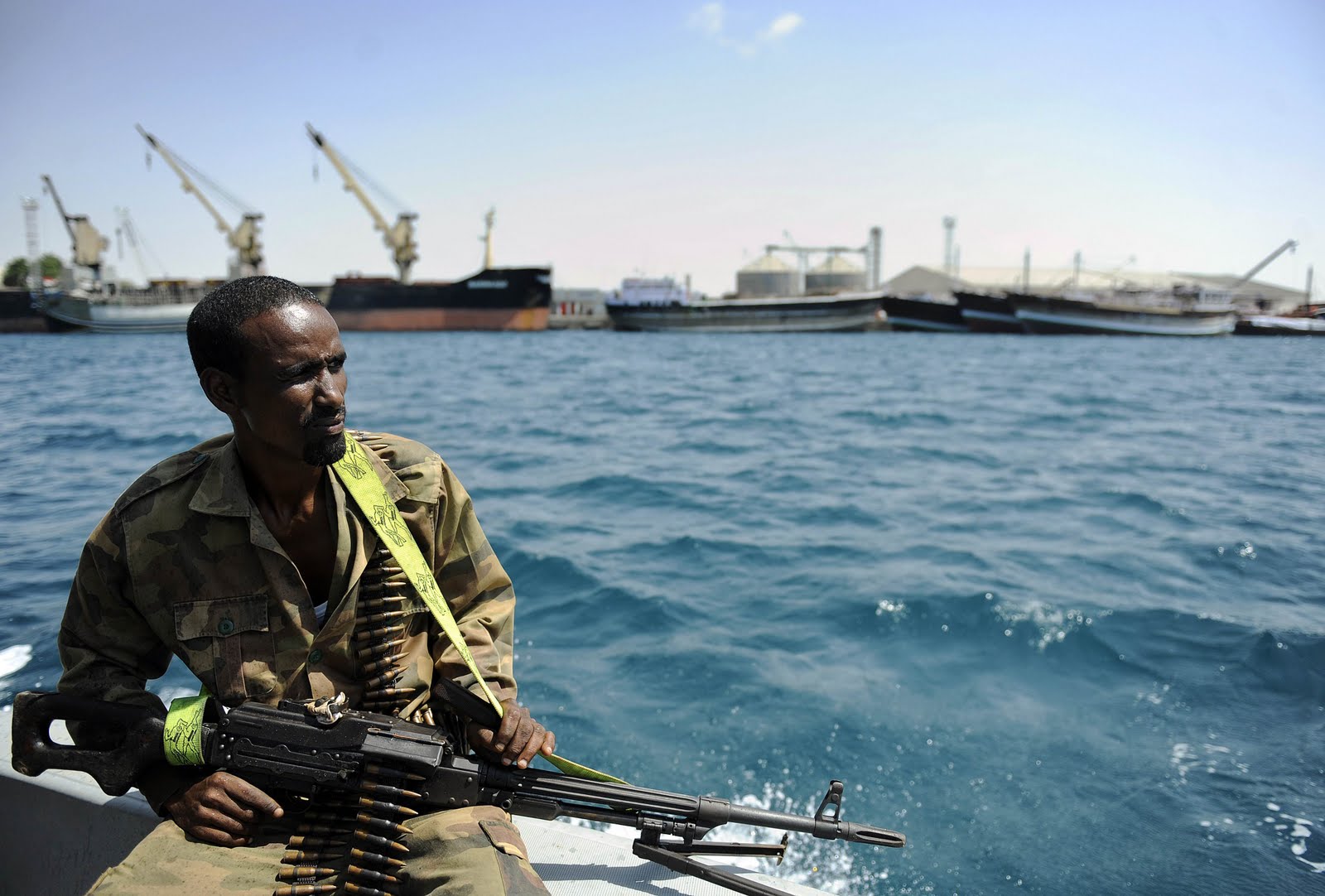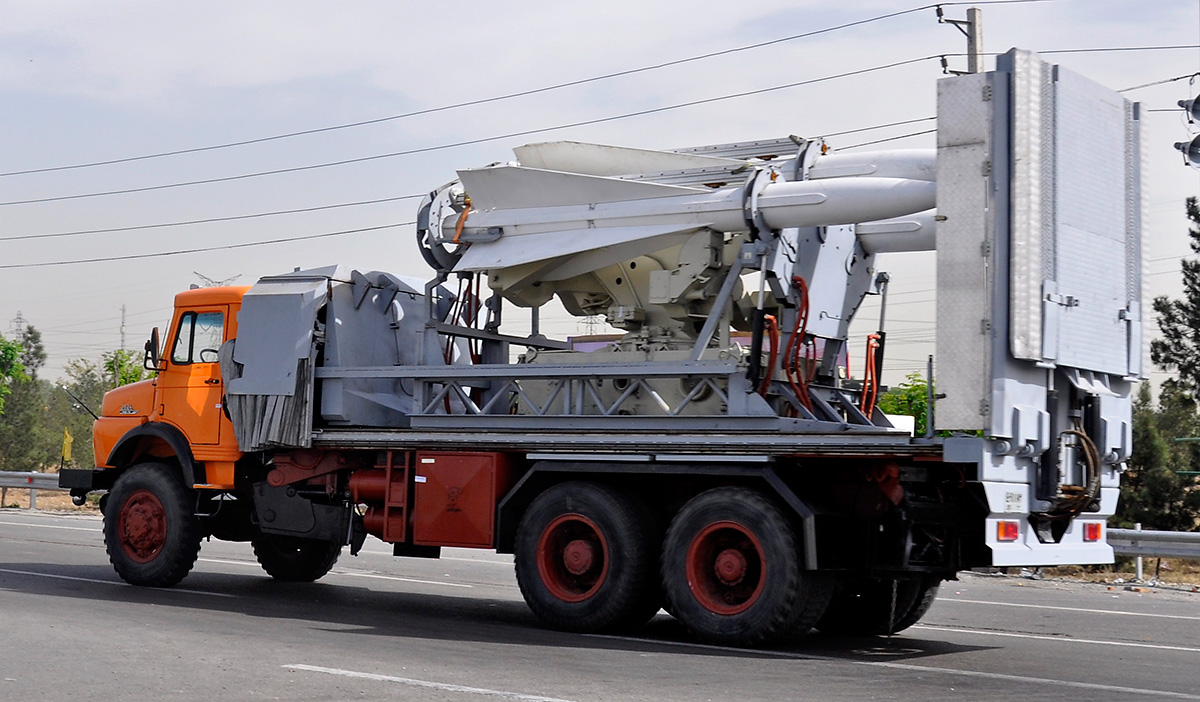When examining the different options for procuring an amphibious assault ship for Canada, the best place to start is the United States Navy (USN). The USN currently operates three different classes of amphibious assault ships (for a total of ten ships): the Tarawa-class, the Wasp-class, and the America-class. These ten ships operate as one of the United States’most important means of global force projection. Each amphibious assault ship is able to carry an entire Marine Expeditionary Unit (MEU) that can deploy 1,200 Marines (with armour and air support) almost anywhere in the world on very short notice. Some of the USN’s amphibious assault ships can also be configured in a sea-control role, where the ship’s complement of anti-submarine warfare helicopters and vertical/short take-off landing fighter aircraft is increased to allow the ship to act as a mini aircraft carrier.
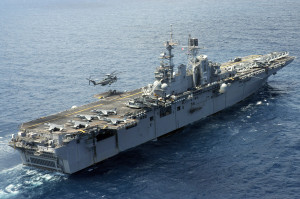
The eight vessels of the Wasp-class are the workhorses of the USN’s amphibious fleet and have a proven operational record, making them the best American option for the Royal Canadian Navy (RCN) to procure. First commissioned in 1989, they have participated in combat operations such as Operation Enduring Freedom (the invasion of Afghanistan in 2001) and Operation Iraqi Freedom (the invasion of Iraq in 2004), operated in anti-piracy task forces in the Gulf of Aden, and aided in disaster relief efforts from Louisiana to the Philippines.
The strength of the Wasp-class is its extremely large and flexible sealift and aerial capabilities. Aside from the 1,200 Marines, it can deploy five M1A2 tanks, 80 support vehicles, eight heavy artillery guns, and 25 amphibious armoured vehicles ashore using either three LCACs (Landing Craft Air Cushioned, a type of hovercraft) or 12 LCMs (Landing Craft Mechanized) launched from a large well deck in the stern of the ship. The Wasp-class can also hold up to 40 various types of helicopters and fighter aircraft and launch them from nine landing pads on its flight deck. A typical complement of aircraft on a Wasp-class vessel consists of six Harrier fighter aircraft, four AH-1W attack helicopters, four CH-53 heavy lift helicopters, 12 CH-46 troop transport helicopters (or four new MV-22 tilt rotor aircraft), and four UH-1N helicopters.
Procuring a Wasp-class vessel from the United States would provide the RCN with the largest, and arguably the best, amphibious assault platform on the planet. Its large sealift capacity and complement of aircraft give it the flexibility to undertake any mission the RCN wants. If accompanied by an icebreaker, a Wasp-class vessel could be used to assert Canadian sovereignty in the Arctic. Its helicopters and LCACs (which can access 70% of the world’s coastline) would allow Canada to deploy troops and equipment to almost any part of the Arctic to protect Canadian interests or respond to disasters in the region.
The advantages of the Wasp-class are numerous and unmatched by almost any other ship afloat.
The ship would give Canada the ability to make greater contributions to continental defence and alleviate American concerns of Canadian free riding. It would also allow Canada to take a leading role in United Nations peacekeeping operations and respond more efficiently to humanitarian crises around the globe. Furthermore, the ship would give Canada force projection capabilities and the ability to operate independently anywhere in the world, especially when combined with the RCN’s Joint Support Ship (JSS) and Single Class Surface Combatant procurement projects.
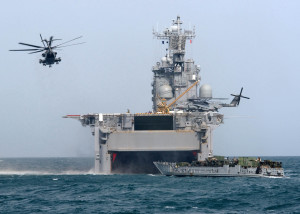
The main drawback of the Wasp-class is the price tag. Each Wasp-class vessel costs approximately $750 million USD, a substantial investment (although, the JSS project has a projected budget of $2.6 billion CAD for only two ships). The real expenses come from the amount of new equipment (and training) the RCN would need in order to utilize the vessel’s full potential. Procuring 40 helicopters of various types, landing craft, and amphibious armoured vehicles would cost billions of dollars. Training (or creating) a battalion of ground troops and aviation units in amphibious warfare and naval aviation would be enormously expensive, and so would adapting some the Army’s current equipment to amphibious operations. Add in maintenance over an estimated 30-year service life and the price tag would be unlike anything ever encountered by a miserly institution like the RCN.
The procurement of a Wasp-class vessel offers the RCN the opportunity to vastly upgrade its naval capabilities. The advantages of the Wasp-class are numerous and unmatched by almost any other ship afloat. Its proven ability to deploy a MEU or provide disaster relief to anywhere in the world would help make the RCN a true blue water navy. These advantages, however, come with large expenses. Barring extremely heavy defence investment from the federal government, the cost of the Wasp-class may be too steep for the RCN.
(Part III will examine the option of procuring a French Mistral-class amphibious assault ship.)

